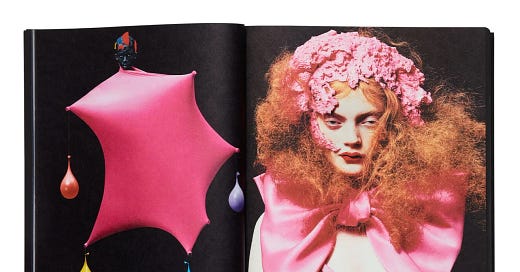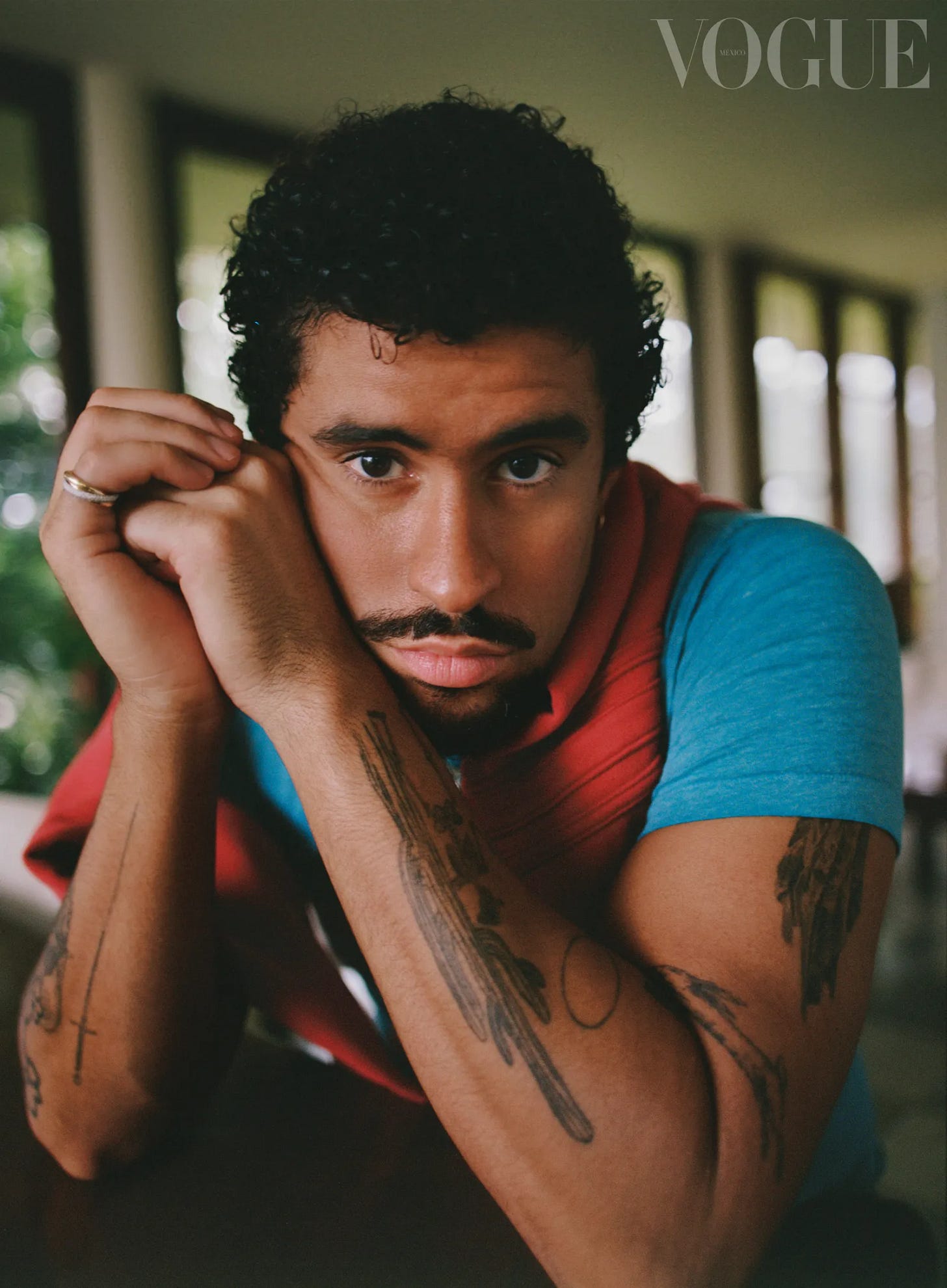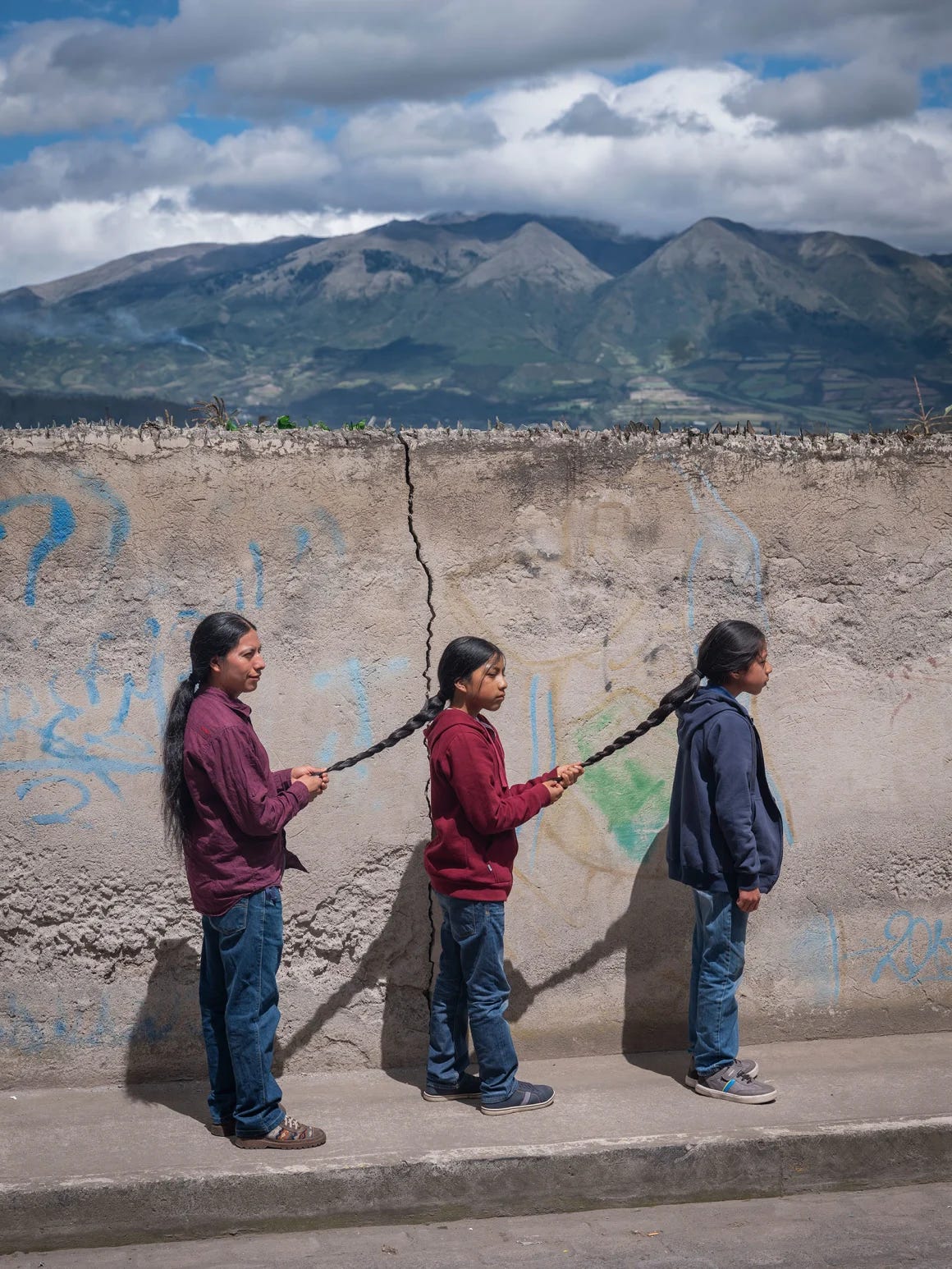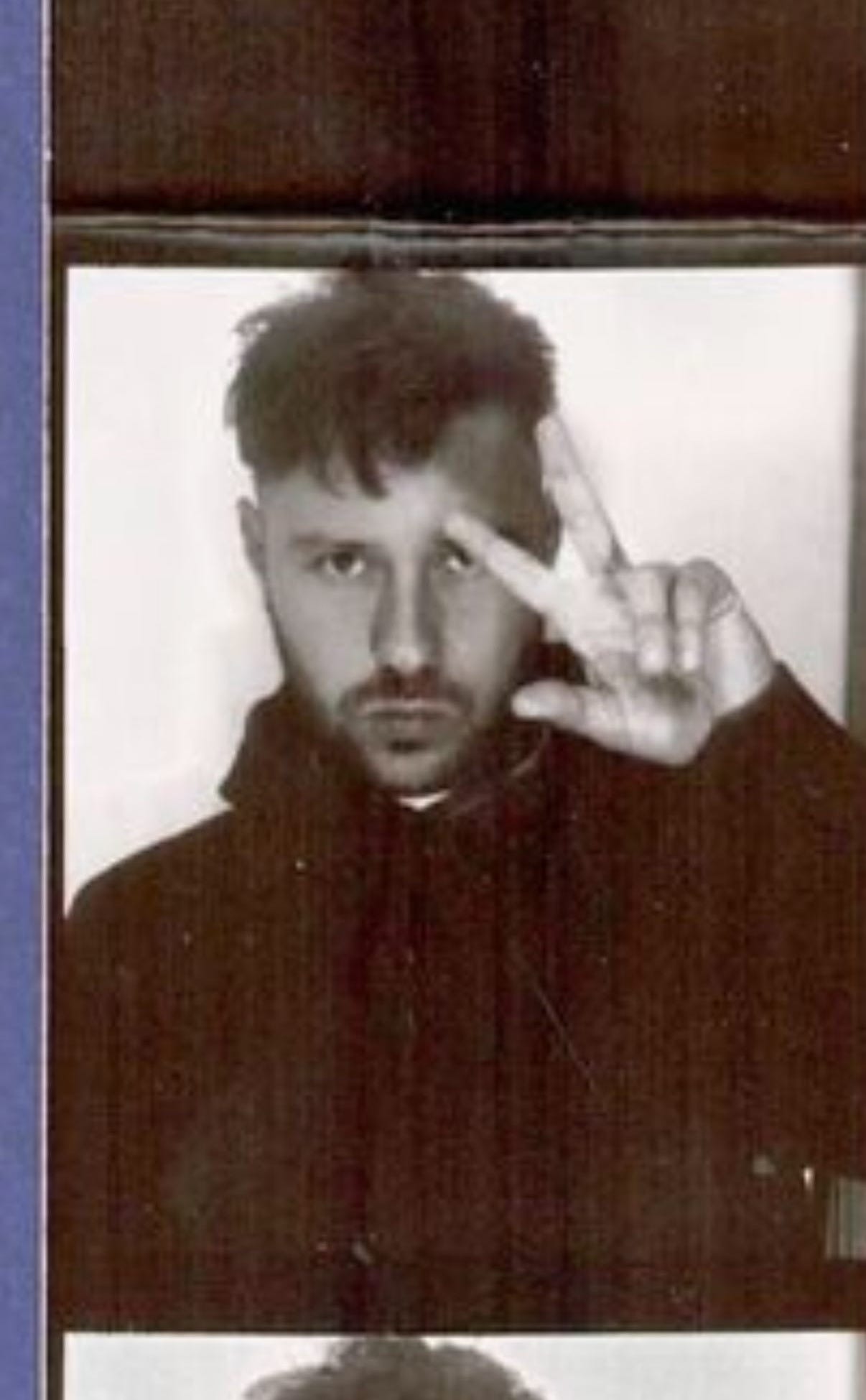George Krakowiak on Collaborating with Rafael Pavarotti, Cultural Identity and Brazil’s Moment in Global Fashion
Latin Grammys announced, Irina Werning's Pelilargas, Bad Bunny for Vogue México and Latin America's most influential women
Hello and welcome to GEN33! A newsletter about the business and culture of LATAM's creative industries.
I have something very special to share in this edition. Back in November, I spoke to London-based Brazilian stylist George Krakowiak for my BoF piece about Latin America's fashion photographers. Our conversation went far beyond the brief, offering remarkable insights into his collaborative approach to styling, Brazil’s innate talent for gambiarra and his long-standing creative partnership with Rafael Pavarotti.
Before we get to my conversation with George, here is what happened last week.
MENTIONED IN THIS ISSUE: George Krakowiak, Bad Bunny, Young Miko, Irina Werning, Gaba Najmanovich, María Corina Machado, Andrea Vidaurre, Sandra Díaz, Pope Francis and more…
MUSIC
Latin Grammys Announced
Latin music’s biggest night is headed back to Las Vegas this autumn – the 26th Annual Latin Grammy Awards will take place on Thursday, 13 November 2025 at the MGM Grand in Las Vegas. This marks a return to Vegas (for the 15th time) after last year’s Miami bash. No hosts or performer line-up have been announced yet, but the Latin Recording Academy is already teasing big changes, including two brand-new award categories: Best Music for Visual Media and Best Roots Song Award. (Via grammy.com.)
FASHION
Bad Bunny Brings the Heat to Vogue México
Benito’s back in the fashion headlines (last month it was a Calvin Klein campaign), this time fronting Vogue México. Lensed by Sebastian Faena, the performer’s feature spread comes ahead of his summer residency in Puerto Rico. Laia García interviewed the Boricua star in San Juan. "I’ve finished all my albums the day before they’re released. It’s something I’ve tried to change, but that’s just my way," he said. As reported, the first shows of the concert series will commence on 11 July and run through 27 July at the Coliseo de Puerto Rico, exclusively for residents of the island.
Benito Ocasio has become so influential that his legacy is going Ivy League.
This autumn, Yale students will dissect Bad Bunny in Professor Albert Laguna’s new course, which uses DeBÍ TiRAR MáS FOToS to explore diaspora, reggaetón and colonialism.
TikTok, Replicas and the Future of Luxury
Buenos Aires-based Gaba Najmanovich has a take on the TikTok trend of Chinese sellers exposing luxury manufacturing costs and offering replicas amidst the US-China trade war in Exprimido de Tendencias. Beyond the debate on price and authenticity, she raises a real question: What is luxury in a world where copying gets easier every day?
If it is everywhere, it is not luxury. Scarcity, quality and storytelling are what sustain desirability.
She states that luxury is no longer about the product but about experience, narrative and the universe a brand builds. In a world where communities form around shared interests, the true value is not the bag itself but belonging to the world behind it.
CULTURE
Latin American Women Recognised in TIME 100 for Transformative Leadership
The 2025 TIME 100 list honours several Latin American women for their influence across politics, activism and environmental science. Among them are Mexican president Claudia Sheinbaum, Venezuelan opposition leader María Corina Machado, Peruvian-American environmental activist Andrea Vidaurre and Argentinian ecologist Sandra Díaz. (Time).
PHOTOGRAPHY
In Ecuador’s Mountains, a Photographer’s Search for Ultra-long hair
For over two decades, Argentinian photographer Irina Werning has travelled Latin America in search of women, and eventually men, with the longest hair.
Titled Las Pelilargas (“The Long-haired Ones”), the series celebrates the region’s shared reverence for long hair, from small Indigenous communities to urban centres. Through her interviews, Werning uncovered personal reasons for growing ultra-long tresses, often linked to cultural identity and ancestral traditions. (CNN Style).
TECH
Latin American e-tailer Mercado Libre to invest $2.6 billion in Argentina. The Uruguay-based, Argentina-founded firm that provides e-commerce and fintech services to over 200 million customers across 18 Latin American countries said it plans to spend 53 percent more than it did last year to expand in the market. “This year, we will add 2,000 employees to reach a total of 14,000 in the country,” said Juan Martín de la Serna, president of the company’s Argentina unit. Argentina, a country often described as being in a ‘perpetual’ economic crisis, has reported tentative signs of a turnaround following the inauguration of libertarian president Javier Milei over a year ago, including indications of inflation and poverty reduction and an exit from recession. (BoF Worldview Newsletter.)
The Argentinian Pope Who Didn’t Return and Became an Unlikely Fashion Icon
Francis never set foot in Argentina as pope, concerned about political exploitation in a country where President Milei once insulted him before later making peace (NYT). Still, far from home, he became an unlikely symbol beyond religion; a quiet fashion icon whose simple cassocks and black shoes stood out in a world that once mistook him for wearing a Balenciaga puffer thanks to AI (CNN).
George Krakowiak on Collaboration, Cultural Identity and Brazil’s Moment in Global Fashion
The Brazilian-born stylist offers a glimpse into his collaborations with Rafael Pavarotti, talks about the pitfalls of typecasting and why Brazilians aspiring to go global are now in a stronger position than ever.
-
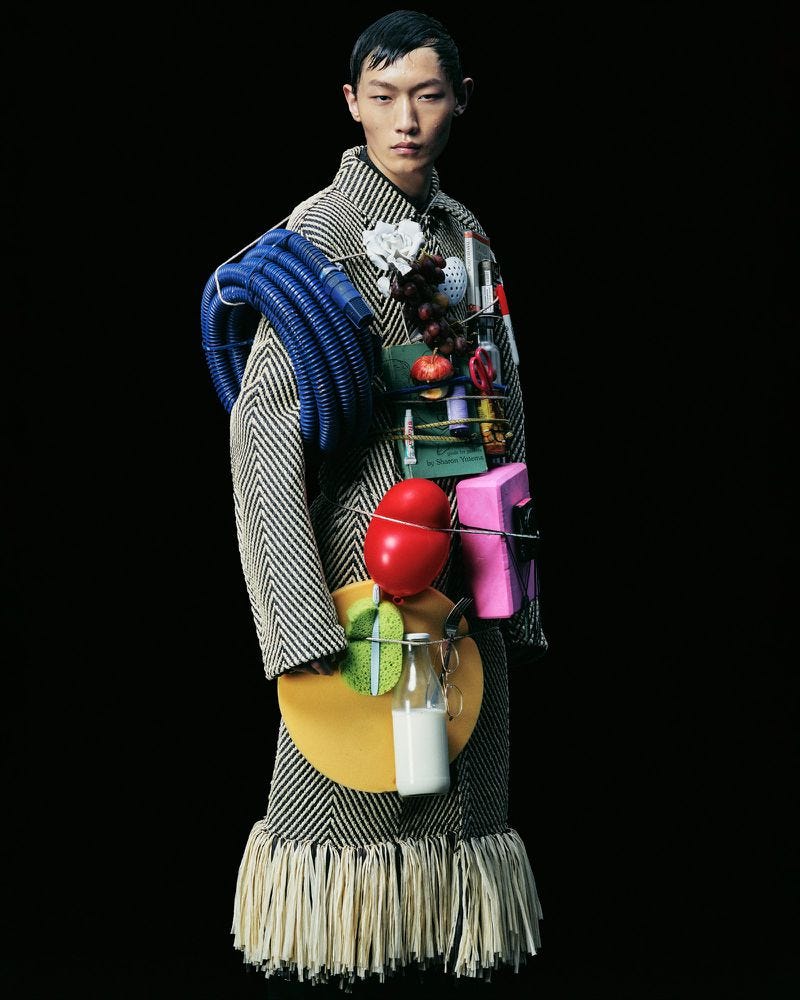
With a foundation in anthropology and a deep curiosity about culture, George Krakowiak brings a distinctive lens to fashion. His approach to styling is thoughtful and unconventional, often merging fashion, art and social commentary. For Krakowiak, clothing is more than appearance; it is a form of communication, a way to spark dialogue and reflect on the world around us.
Hailing from Londrina, Brazil, his curiosity was ignited during his anthropology studies in São Paulo, where he recognised fashion as a bridge between creator and audience, offering a platform to challenge perspectives and encourage collective awareness.
Now based in London and represented by Streeters, Krakowiak has built a portfolio defined by cultural depth and visual impact, collaborating with leading photographers and editors along the way.
He was recently named among the 50 New Wave talents by the British Fashion Council, with his work appearing in Luncheon, Beauty Papers, Dust Magazine, The New York Times, British Vogue, AnOther and Dazed, among others.
Graciela: Your partnership with Rafael Pavarotti has produced potent imagery, and it’s clear you both share a deep creative understanding. How has working together shaped your individual work, and what do you think this collaboration says about the potential of Brazilian—and broader Latin American—talent in the international fashion scene?
George Krakowiak: This year marks a decade since I first met Rafael Pavarotti, so this answer is also a celebration of our friendship.
Since our first encounter in Brazil, there has always been a deep, organic connection and exchange between us. I remember those early years vividly, when we would spend countless hours discussing art, philosophy, and cinema. A decade later, not much has changed in that regard—we still share the same drive and passion.
Our creative connection is deeply symbiotic, built on mutual respect and understanding. I have always admired Rafael’s approach to his work and how he nurtures his creative spirit.
His process is intensely engaging, often transcending the bounds of fashion and venturing into something more profound. For him, and for us both, the goal has always been to look inward to resonate authentically outward.
With Rafael, I feel secure expressing my creative vision, knowing it will be met without judgment. His holistic and mature perspective on life has allowed me to push my creative boundaries further.
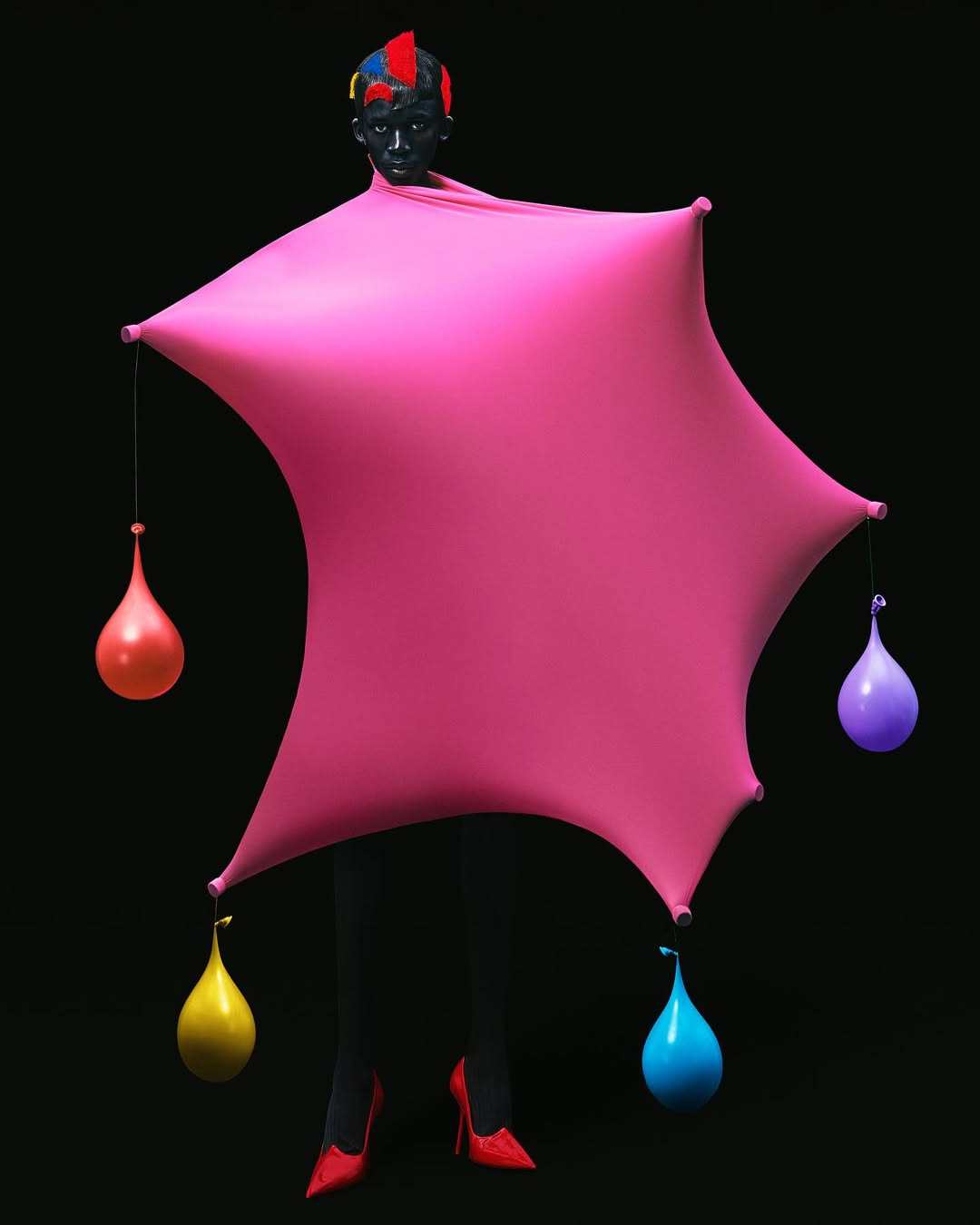
Over the past decade, I have witnessed the evolution of my work and recognized the importance of meaningful collaboration. For me, engaging in a project only makes sense when there is a genuine exchange with everyone involved in creating the final image. Storytelling can be a complex process, and I approach it with a broad vision that considers every detail. This is why my partnership with Rafael is so significant — our process is never one-sided. We constantly take into account all elements to create a cohesive whole. It’s essential to have the entire team aligned with a shared purpose.
Today, Brazilians aspiring to make their mark in the international fashion industry are in a stronger position, thanks in part to trailblazers like Rafael Pavarotti. He captured the world’s attention at a time when Brazil wasn’t on the radar, and his journey has become an inspiration to Brazilians and Latin Americans alike. Having been part of his journey from the beginning, I know firsthand how deserving he is of his place in this industry. Seeing his success fills me with pride and joy.
What truly fuels my interest in this subject is the unique dynamic of creativity inherent in gambiarra. Growing up in a country often labeled as “third world,” creating from scratch is ingrained in our culture

There often seems to be a preconception that being from a particular place and creating work rooted in that background can lead to typecasting, limiting how others perceive your range. Meanwhile, artists from major fashion hubs might not face the same scrutiny. What has been your experience?
Yes, there is indeed a prevalent Eurocentric perspective when it comes to certain contexts and a specific, often exoticized way of viewing Latin American artists working abroad. There is frequently an attempt to place us in predefined spaces that we may not belong to or wish to inhabit. For immigrants, this can amplify stereotypes. Brazilians, for example, are often expected to focus on familiar themes such as samba, Rio de Janeiro, and football. However, there is a wealth of creativity and narratives that extend far beyond these associations.
I recall vividly when I first arrived in the UK; the stories I was most passionate about were those that provided a deeper, immersive perspective on concepts I had been studying for years. One of these was ‘gambiarra,’ an approach rooted in Brazilian culture and daily life that embodies innovation and adaptability. Despite its commonality, it hasn’t always been celebrated as a source of national pride. To me, these elements are undeniably ours—woven into our identity—but when misunderstood, they can be viewed through an immature lens.
What truly fuels my interest in this subject is the unique dynamic of creativity inherent in this practice. Growing up in a country often labeled as “third world,” creating from scratch is ingrained in our culture. Brazilians are naturally creative; unfortunately, this creativity was rendered invisible for decades, largely because Europe has historically dominated the narrative, both creatively and intellectually.
However, I believe things have shifted over recent years and decades.
While some degree of exoticization still exists, there is also a growing curiosity to understand what we have to say.
There is a desire to see the perspectives of artists who transcend the Europe-North America axis, and this is both essential and exciting. The number of remarkable creatives worldwide who have yet to gain visibility simply because they fall outside this axis is significant.
Though challenges remain, it is no longer an impossibility. With technology bridging connections globally, ideas and talent can rise to prominence faster than ever, opening doors and fostering a more inclusive world for creatives everywhere. This progress is inspiring and paves the way for a broader, richer cultural dialogue.
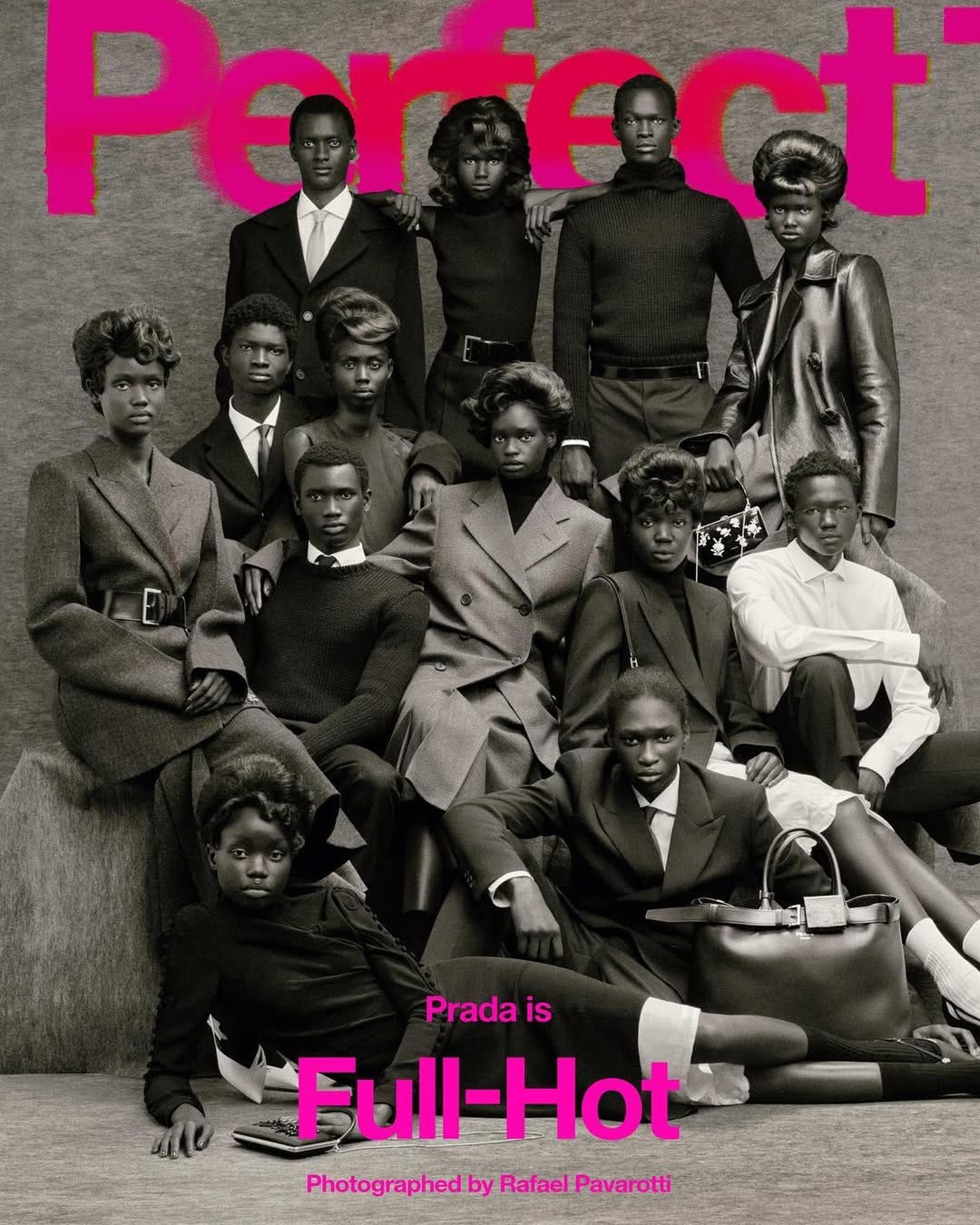
What do you see as the main challenges for fashion photography and styling today, especially from the perspective of being Brazilian or Latin American?
Despite advancements, fashion creatives still face challenges in gaining full creative freedom. However, I believe fashion styling is evolving to embrace a more anthropological, political, and artistic approach. While many ideas have historically remained at a superficial level, there is a growing awareness of the deeper objectives that fashion can offer consumers.
Balancing creative vision with commercial needs can be complex, but the industry is beginning to shift toward more thoughtful, innovative storytelling. Personally, I find fashion most compelling when it engages with meaningful themes and encourages dialogue. There is ample opportunity to create beyond the transient act of simply showcasing clothing in front of a camera.
Fashion is both art and protest; it has the power to spark conversations that resonate with the present moment and inspire future generations.
Consider the Mona Lisa—her attire alone provides insights into her historical period. While the painting embodies the artistic values of its time, it is imbued with social, historical, and political significance. Similarly, I believe there is space for a new wave of creatives committed to producing fashion imagery with deeper intent and purpose, paving the way for a more reflective and impactful industry.
The greatest challenge today is finding ways to express ideas without being overly constrained by trends or product-focused thinking. Trends and products may be relevant for a season, but images with profound and universal qualities can endure for decades. This is the aspiration for creatives: to craft timeless images that resonate beyond a single issue and contribute meaningfully to the cultural landscape.
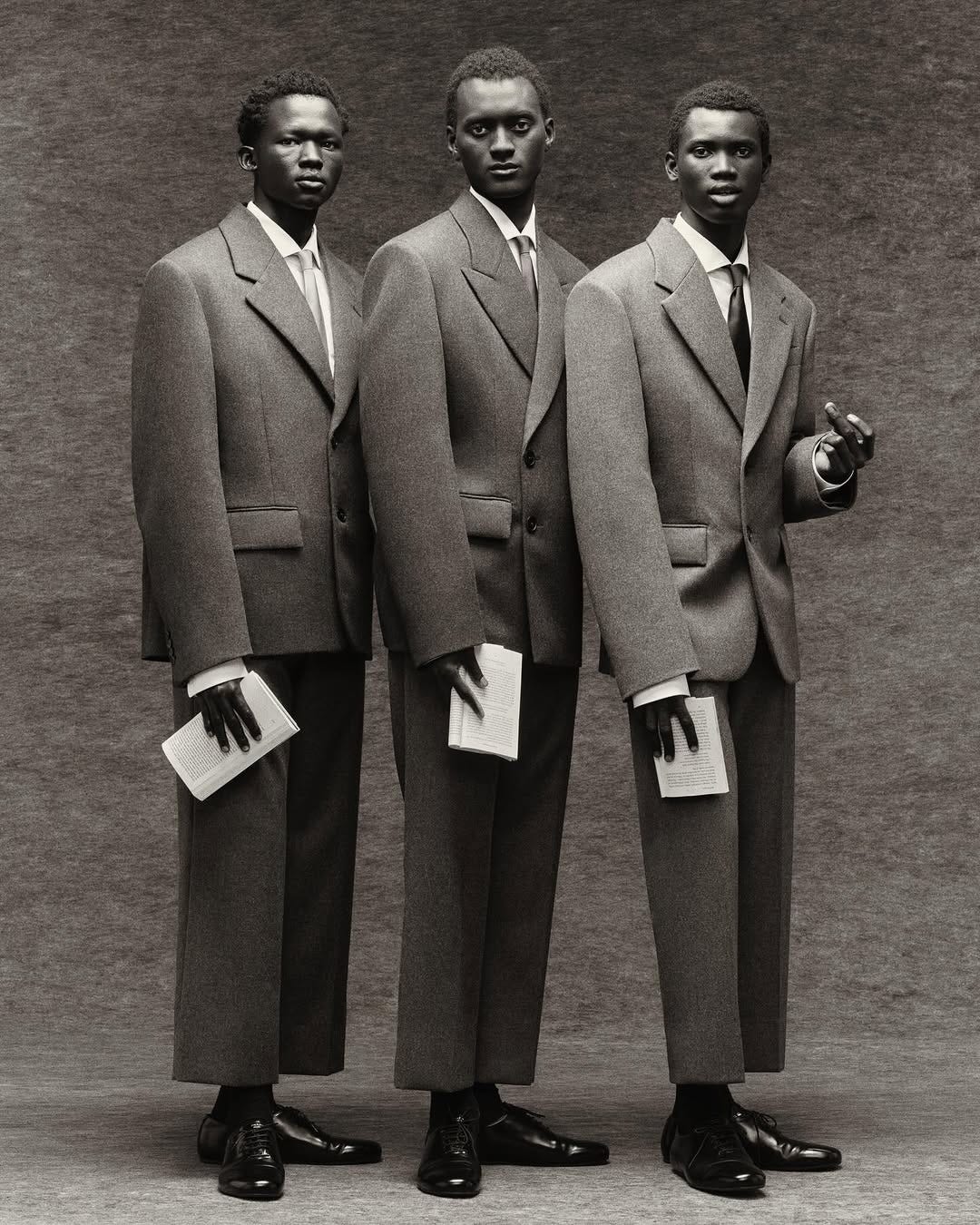
A few years ago, while working in Brazil, I often encountered resistance when trying to bring my vision to life. Rafael Pavarotti stood by me as an ally, and together, we made things happen despite an industry that could prioritize commerce over artistic expression. Over time, I’ve seen progress. London, for instance, embraced me and sparked a new sense of optimism. Here, the emphasis on empowering creatives has marked a turning point in my career as a stylist. I felt an overwhelming sense of freedom, and the exchange of ideas with other creatives has been invaluable, helping to decentralize ingrained concepts and foster a healthier, more collaborative environment.
Looking ahead, I’m hopeful for the next generation of fashion creatives. There is a growing movement toward more inclusive and thoughtful practices that encourage, dialogue and resilience. With this shift, the industry can continue evolving into a space where creativity and commerce coexist harmoniously, inspiring timeless and purposeful work. ⭐
🔥If you’re as obsessed as me with George’s work, do give him a follow!👇
Antes de Irnos…
We’re Not Quite All The Same
MUSIC DROP
Young Miko launches new single WASSUP
Puerto Rico’s rising trap princesa Young Miko just popped back onto the scene with a booming new single appropriately titled “WASSUP.” This bass-heavy, unapologetically swaggering track is her first solo drop of the year. The song boldly interpolates Lil Wayne’s 2008 hit “Lollipop,” even featuring a surprise hype cameo from crunk legend Lil Jon on the outro hola.com.
Thank you for reading. I will be back next week with more stories, ideas and discoveries from across the region.
Until then, take care and stay inspired.
Graciela.


